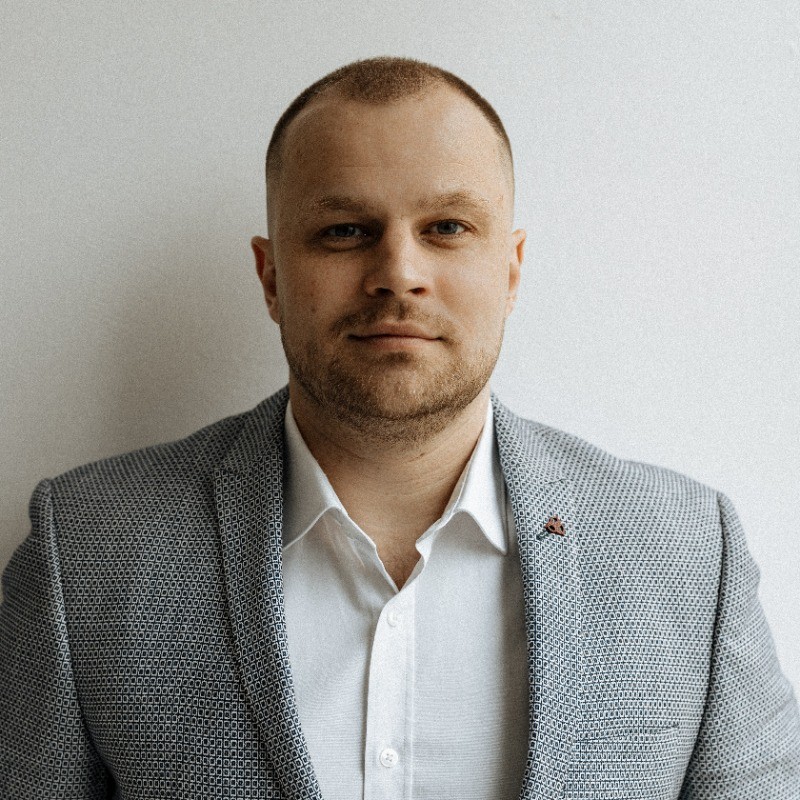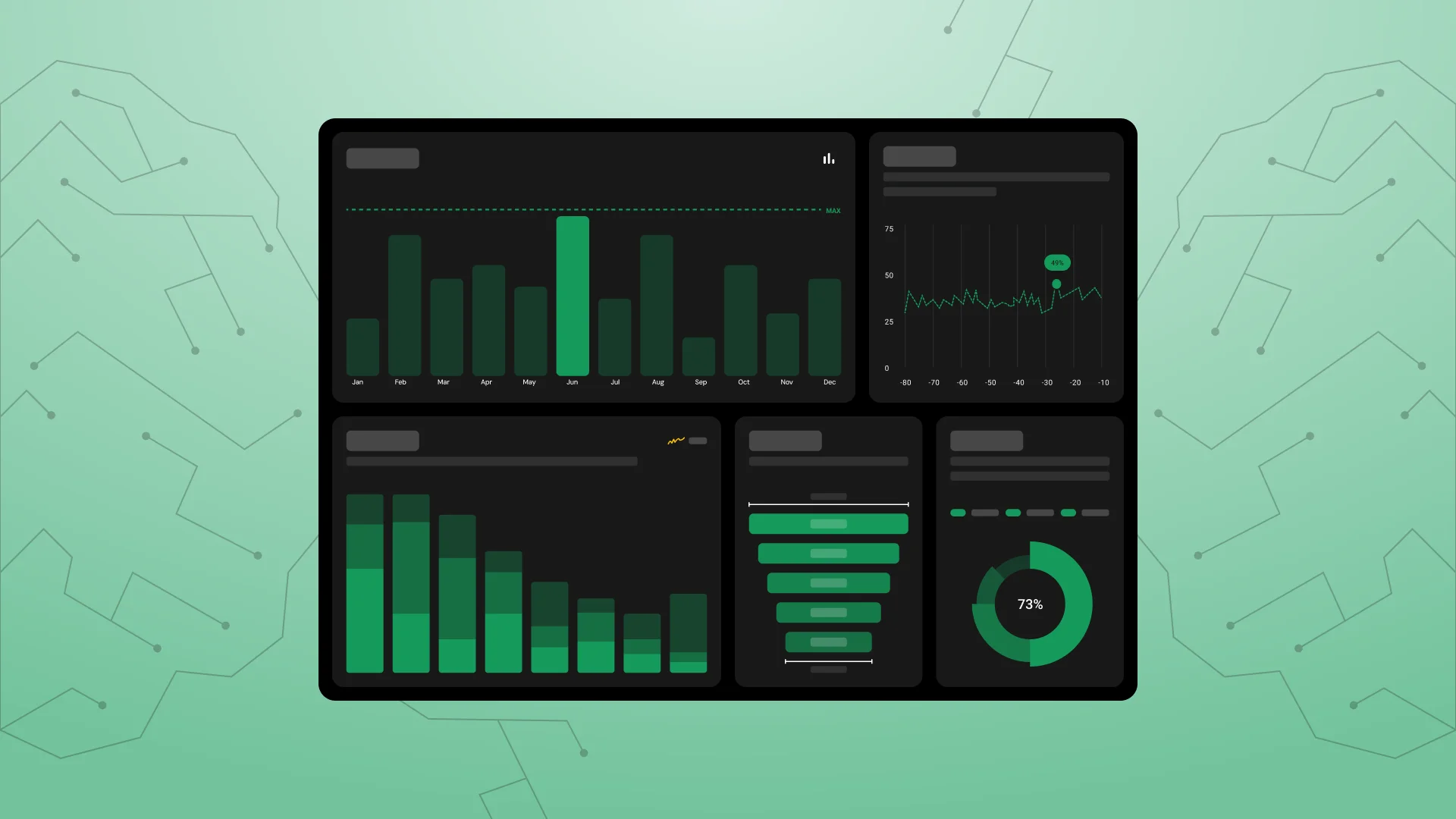A mid-sized fintech company has been delivering digital finance tools since 2015. Its platform powers AI-driven lending, budgeting, and investment tracking — serving hundreds of thousands of users and processing over a billion dollars in loans annually.
David R., Head of Engineering, had been guiding the tech side since the company’s early growth. His job was to keep the platform rock-solid under tough compliance rules while still pushing new features in lending and investment.
He inherited a 450,000-line .NET monolith packed with C# services, SQL databases, and integrations for credit scoring and compliance. That setup fueled fast growth in the early years. But for David, it quickly turned into a cage: dependencies slowed every release, cloud adoption stalled, and even small updates risked breaking critical compliance flows.
By 2024, leadership set a clear mandate: transition to Azure, carve out micro-frontends, and modularize services to enable entry into adjacent markets. Internal forecasts placed the program at $3.2M over 15 months, with nearly half allocated to auditing and refactoring legacy code.












